
| ~Radio Stuff~ |
|
Amateur Radio Shortwave Radio SDR Radio Radio Log Radio Blog Our Radios |
Amateur 'Ham' Radio
Amateur Radio, has been around for about as long as radio itself has. It is a hobby which allows people to experiment and learn about radio. The birth of radio itself was of course experimental. It is an inclusive hobby which welcomes people of all ages, gender and nationality. It's not just the affluent older gentlema's hobby that many people consider it to be. The cost of the equipment is generally eye-watering, but our local Amateur Radio club has been very generous in getting me started. By international treaty there are a number of bands across the radio spectrum which amateurs are allowed to use. An amateur must hold an appropriate licence to use these bands. Which bands, what equipment and how much power you can transmit with depends on your licence. Here in the United Kingdom we have Foundation, Intermediate and Full Licences. You can start at foundation and work your way through to full or go straight to full. I think you have to do the foundation licence before the Intermediate one. The exams are expensive, but you only need to pass once to hold that licence for life. You may need to take more than one if you want a more advanced licence. I think of the licences as Beginner, Ordinary and Guru. There are many new experiences and privelages which open up as you progress to a higher licence category. One of the headline grabbers is transmitting power. Generally foundation license holders are limited to 25 Watts, Intermediate licence holders 100 Watts and full licence holders 1000 Watts also known as a Kilowatt. On some bands power levels may be restricted to lower than those figures. Using low power, sometimes known as operating QRP is my thing and I often am operating with as little power as 10 Watts, usually on 20 metres. With the antenna just outside my bedroom window and just a few metres from my head, it seems sensible to keep the power down. Once you are licenced, you have an option of what methods of communication you would like to use and what bands you would like to use it on. Many use speech, but there are also data transmission modes which involve hooking up a computer to your radio. I am interested in learning CW (Continuous Wave), the mode of transmission used to send Morse Code. Some data modes such as RTTY where you type your messages on a keyboard look interesting, but others are not much more than two computers talking to each other. A friend made a contact from Birmingham into Austria using just only five Watts and a good signal was reported by the Austrian operator. Atmospheric conditions can make a huge difference on how far your signal can travel. On the higher frequency bands known as VHF or UHF, local weather can make a big difference to your signal. Heavy rain or snow can really shorten your reach. My call sign is M0DID. This identifies me uniquely on the amateur radio bands. Nobody else can legally use this call sign. I first became a licensed amateur radio operator in March 2021. A couple of months later I took the intermediate exam, moving up a step in the hobby. At the end of March 2023 I obtained the full amateur radio licence. Of course I'm still a newbie. Amateur Radio sometimes called Ham Radio (More so by Americans) is such a broad hobby that you could spend a lifetime learning. I like to use low power, around 10 - 50 Watts. I guess that makes me more of a piglet than a ham. I can sometimes be heard on the 2 metre band in the West Midlands. There's not so much on there as there was a few years ago, but it does still have a few users. I am also heard from time to time on the 20 metre shortwave band. You may even hear me on the 40 metre band, but I'm not a fan of that band as it is always noisy and attracts its share of morons who just want to disrupt conversations (Known as QSOs). If I am on holiday you might hear me operating on 10 metres from somewhere in the north of Scotland. I use a Yaesu FT-950 on 40 and 20 metres. I have two VHF radios, both AnyTone. An AT-778UV which I use for 2 metres and another which covers the 4 metre band. I don't have an antenna (Aerial) for that one. I have an Alinco DX 10 which I use for the 10 metre band on days out and when I am on holiday. If you want to see what's on the air without having to buy any equipment, have a look at WWW Based Radios April 2024 |
| ~Stuff~ |
|
About Me / Us Our Blogs Computers Fun / Interests MPD / DID Mental Health Pagan / Wiccan Photography Poetry Radio 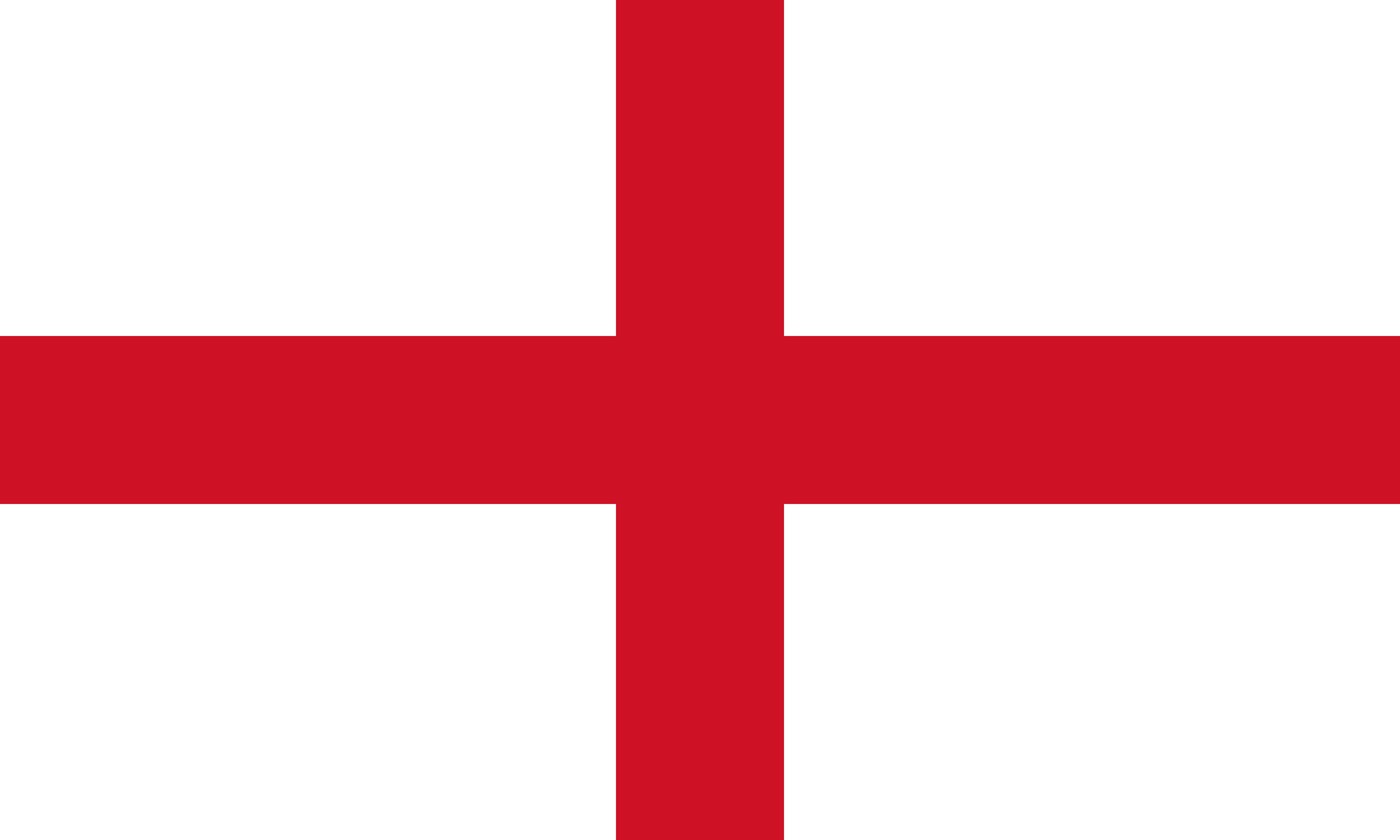
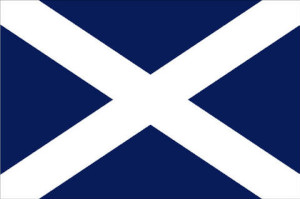
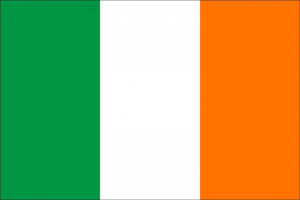

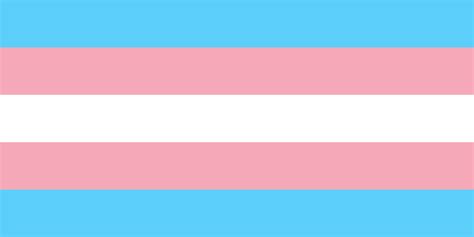
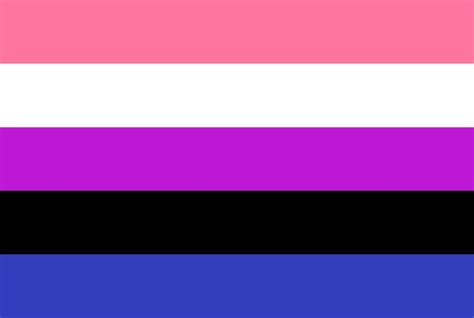
|
This Site is maintained on a RISC OS Computer and is hosted by Orpheus Internet
Page Generated -
13 May 2024
on RISC OS
5.31